-
Posts
14,343 -
Joined
-
Last visited
-
Days Won
25
Content Type
Profiles
Forums
Blogs
Gallery
Events
Store
Posts posted by Ed_Haynes
-
-
That's pretty blurry. Try backing away some and maybe in black and white, which will eliminate the distracting patina "camouflage."
Shall give the Epson another chance. A depth-of-field issue. Short of drilling a hole in the scanning bed . . . .
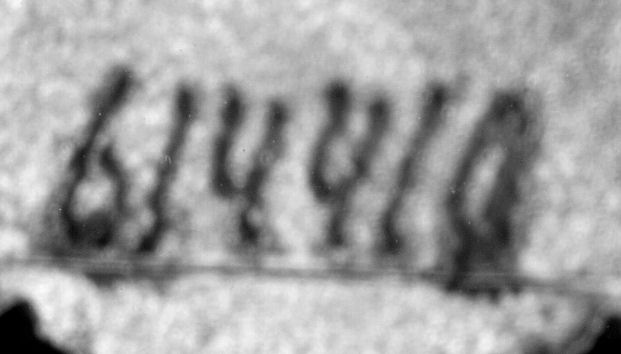 0
0 -
Any help? There's more, but I shall wait.
0 -
And, finally, part 10.
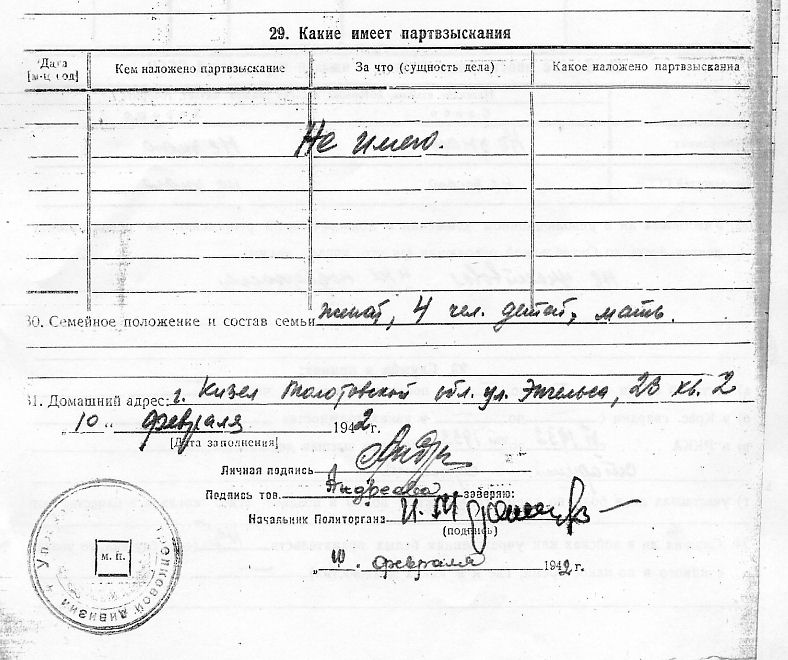 0
0 -
-
-
-
-
-
-
-
-
Not to inflict more burdens on your long-suffering (and I do mean SUFFERING) translationm comrade, let me augment the record with Andreev's service record.
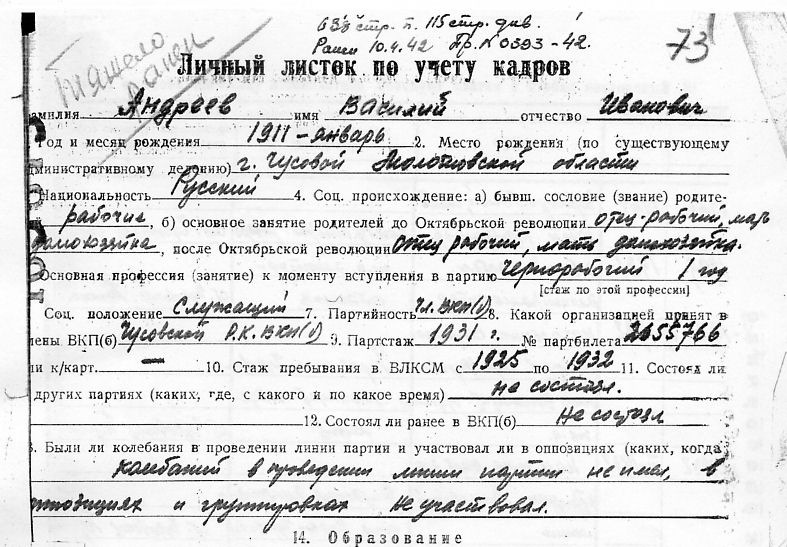 0
0 -
I have raised this with off-forum others and the consensus is "Mountain Artillery Training Centre". An uncommon unit.
0 -
5- Medal for the Capture of Rodrigues, Isle of Bourbon, and Isle of France, 1809-10 - Also an award of the East India Company. Earlier ideas about the proper reward for overseas service had, in the case of the Egyptian expedition, been broadened and medals had been awarded instead of the previous silver and brass arm badges. When India troops were dispatched in 1809 and 1810 to capture French-held islands of the Indian Ocean ? Rodrigues, Isle of Bourbon (Reunion), and Isle of France (Mauritius) ? it was perhaps to be expected that campaign medals in the new style would follow. While troops from all three Presidencies had participated, only Bengal troops were presented with the gold (45) and silver (2156) medals which were awarded along the now-established rank basis (subadars and jemadars gold,others silver). This is an original silver meda, though restrikes abound.
6- Java Medal, 1811 - Also an award of the East India Company. Likewise, Indian troops who participated in the seizure of the island of Java from the Dutch in 1811 were given gold (133) and silver (6519) medals. The Java campaign presents an interesting case study of the wider evolution of parallel systems of award. While Indian officers and enlisted personnel were awarded the medals discussed above, their European officers and the British troops involved in the actions would have to wait for the much later military and naval general service medals, clasp "Java". This is an interesting silver medal which has been remounted from the normal neck wear for (unofficial) wear from the normal "military ribbon" of the day. The most likely explanation is that the recipients has later ribboned medals and desired a uniform appearance.
7- Burma Medal, 1824-26 - Another award of the East India Company. Other frontier service in 1824-26 extended the sphere of British influence eastward into Burma. This was a major military expedition, involving troops from both Bengal and Madras, as well as English troops. In April 1826, the Governor-General instituted a medal to reward this service. Drawing heavily from the symbolic vocabulary of the Seringapatnam medal, the medal shows a scene of combat at the great pagoda in Rangoon on the obverse with the Persian legend ?The Standard of the Victorious Army of England upon Ava.? The reverse shows the Burmese elephant bowing down before a standing and rather self-satisfied English lion; the reverse also bears the explanatory caption in Persian, ?The elephant of Ava submits to the lion of England, year 1826.? The 1.5-inch medal was struck by Hamilton, the Calcutta jewler, with the usual rank-distinction in both gold (758) and silver (33,133). A special medal was also struck for one European, a Mr. Lindquist. While, in general, this award seems to follow accepted precedents, a major change was adopted in the method of wearing: The medal was to be worn from a ribbon on the left breast, rather than from a cord around the neck. It is fair to assume that this represents an adaptation from the practice introduced with the medal that had been issued for service in the Battle of Waterloo ten years before. At the suggestion of the Duke of Wellington, this medal had used the same ribbon (red with blue edges) that had been used on the Army Gold Medals (and, on occasion, with the Seringapatnam Medal). This, the emerging standard for an ?army ribbon? was also proposed for the Burma Medal. While there was some opposition to the ?Waterloo ribbon? being adopted for the Burma Medal, by 1831 it had been established as the standard for the novel wearing of this medal. There was also some confusion over whether the medal was to be worn from a length of ribbon around the neck or by a shorter ribbon on the left breast; it was only in November 1831 that the new method of wearing a medal was established. The medal was awarded to all Indian company forces that served in the campaign. As before, Europeans had been excluded, both those in Company service and those of crown regiments. Their rewards would have to await the establishment of the ?Ava? clasp to the India Medal 1799 in 1851.
There is, by the way, an interesting question regarding these early awards as to which side is the obverse and which is the reverse. I have followed standard practice (BB&M) in what I have shown here, though I do not think it is correct.
All of these early medals were, unfortunately, issued unnamed. While rolls exist in the archives in New Delhi and are of great historical interest they aren't of much use in matching with surviving medals. This practice would soon change.
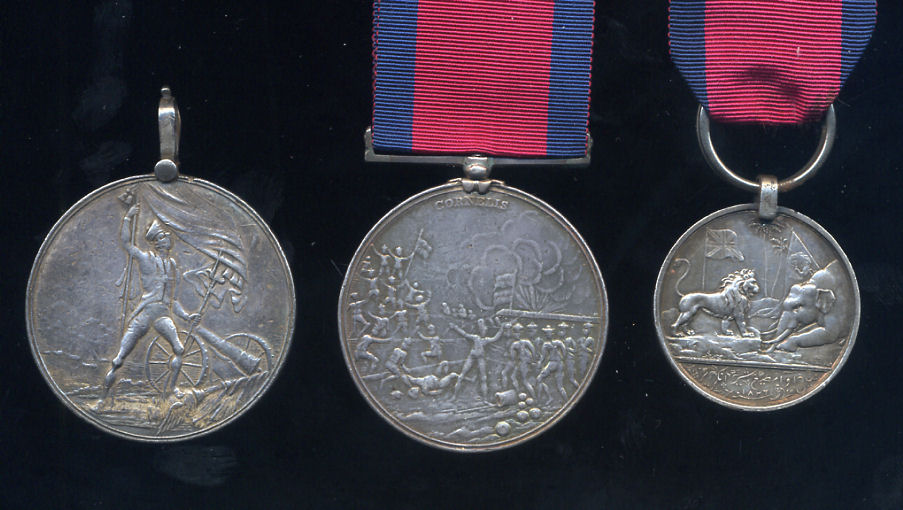 0
0 -
Moving down the iceberg, a bit closer to the waterline (and trying not to stray into the submerged mass), let me add a few singles.
1- Deccan Medal, 1778-84 - Awarded by the East India Company as a sort of general service medal for various campaigns in western India. The first medal to be distributed widely to all ranks of the Indian army for more general campaign service ? as distinct from the narrow services of the Pondicherry capture or the meritorious behavior under difficult and special circumstances such as the Monghyr Mutiny ? was awarded for campaigns in west India and Gujarat, 1778-84, and in south India, against Mysore, 1780-84. These were in fact two completely separate campaigns, with the reward for service conjoined into a single medal. In January 1784, the governor-general approved a medal for award to all ranks of the Indian troops of the ?Bombay Detachment? who had served in Gujarat and northern Konkan. The medal was awarded to subadars as a 1.6-inch medal in gold, to jemadars in 1.6-inch silver, and to lower ranks in 1.25-inch silver (the one shown). The medal was to be worn around the neck by a cord of unspecified design. In addition to the award of the medal, Hindu recipients were, by order of the Governor-General, exempted from all fees for pilgrimages to Gaya. In January 1785, the award of the same medal in the same three metals was extended to the ?Carnatic Detachment?. While the same coin-like medal (including edge milling, as was common with the coins of the day) was awarded for two distinct actions, it bore the generalized Persian legend on the reverse: ?Presented by the Calcutta Government in memory of good service and intrepid valour, A.D. 1784, A.H. 1199? and ?Like this coin may it endure in the world, and the exertions of those lionhearted Englishmen of great name, victorious from Hindustan to the Deccan, become exalted.? The suggestion is unavoidable that this medal may have been intended to apply to more than one campaign, as it was used not only for actions in Bombay but in Madras, and was approved at the highest level of Company administration in India.
2 and 3- Seringapatam Medal, 1799 - Also awarded by the East India Company. As the campaigns against Tippu Sultan and Mysore State continued, not only did the nature of the British military and political presence in the Subcontinent alter, but also so did the scale on which this ongoing service was represented in medallic form. The capture of Tippu?s capital at Seringapatnam on 4 May 1799 became an iconic moment in the late-eighteenth-century history of the English in India and it was not, perhaps, surprising that this service would be commemorated in a new award and in a new kind of award. On 24 September 1799, the Court of Directors passed a resolution taking praiseful notice of the capture of Tippu?s fortress; on 13 November the General Court in London echoed these sentiments. While neither resolution made any mention of a medal to commemorate this service, in February 1801 medals were ordered to reward those present at the capture and to supplement their plunder from the sack of the city. The obverse of the medal bore a representation of the storming of the fortress and bore the Persian legend ?The Fort of Seringapatnam, the gift of God, the 4th May 1799?; the reverse showed a dramatic scene of the British lion attacking, mauling, and defeating the tiger of Tippu and the Qur?anic quotation ?The Lion of God is the Conqueror.? The 1.9-inch medal, as had been the case before, was awarded in a range of metals: gold (30 specimens), silver-gilt (185), silver (850), bronzed copper (4331), and tin (42,450). This increased metallic diversity represented a major change in the award conditions of the medal. For the first time, awards were extended beyond Indian troops in the service of the Company. The gold medals were bestowed on King, the Governor-General, Lord Cornwalis, rulers and ministers in ten prominent Indian States, the Commander-in Chief, the two general-rank officers serving on Cornwalis? staff, and a specimen went to the Oriental Museum. Silver-gilt medals went to members of council of the three presidencies, to British residents whose services were relevant to the actions in Mysore, and to British officers of field rank and to those serving on the general staff officers; the silver medals went to other British officers. Only the bronzed copper and tin medals were awarded to Indian troops, to, respectively, non-commissioned officers (presumably including Indian officers) and to enlisted personnel. While a subadar would previously have received a medal in gold, they now had to be content with a bronzed copper medal. The upper ranges of award were now reserved, for the first time, for European personnel, both those engaged in command positions and to those whose administrative positions apparently entitled them to some for on recognition. The medals awarded to those actually engaged in the military actions at Seringapatnam were restricted to those troops under Company authority, and British troops were ineligible. Even the awards to Indian troops were initially restricted to Madras Presidency troops. These medals were manufactured in England and shipped out to Madras for award. For troops from the Bengal army, awards were authorized only in 1800. These medals (of slightly smaller sized and of a modestly differing design) were manufactured in Calcutta in only gold and silver, with the normal scheme of award being followed, with gold medals (83 specimens) being awarded to subadars, while the silver medals (2786) were awarded to other ranks. This led to the fascinating situation where, in the King was awarded a gold medal from Madras while a Bengal subadar received the same award, a Madras English captain got a silver medal for his chest while a Bengali sepoy wore the same award around his neck. It was not until 1803 (for Madras awards, 1809 in Bengal) that the actual Seringapatnam medals were distributed and, from that time, their issuance raised issues of precedence and authority. There were also issues of wearing the awards. Indian troops, both in Madras and in Bengal, apparently wore the medals, as was common practice, from a cord around their neck. Yet, for the first time, a medal awarded by the East India Company had been awarded to significant numbers of Europeans. When they wore their medals suspension ribbons were added (as was becoming common practice for awards of the Army Gold Medals in England), though there was no uniformity as to what ribbon ought to be worn. Most recipients simply used the common red ribbon with blue edges as was used for medals being awarded for services against Napoleon?s armies; others ? such as the later the Duke of Wellington ? wore their medals from specially concocted ribbons of tawny yellow, representing, it is said, the tiger emblem of Tippu. The larger issue was one of the rightful authority of the East India Company to bestow any sort of honor was not addressed directly, and it was not until 1815 that royal permission was extended for European officers in the employment of the East India Company actually to wear their medals; similar permission to crown forces would not be extended until 1851 (when the India Medal 1799 was established). But permission either to receive or wear the medal was never extended to European enlisted personnel involved in the action. I show here the bronze and tin medals.
4- Egypt Medal, 1801 - Also awarded by the East India Company. The extended scope and need for military actions that the British campaigns against Napoleon represented had their echo in Indian service. In 1801, Indian troops were dispatched to Egypt to oppose the French presence there. After their return to India in 1802, medals were authorized for these Indian troops in the already familiar pattern: 16 gold medals for Indian officers and 760 silver medals for other ranks. Initial awards were made only to Bengal Presidency troops, but in 1812 the award was extended to Bombay troops and an additional 1439 silver medals were prepared for reward with no regard to rank. While this was, obviously, service outside of India, it was no longer to be rewarded with simple arm badges ? as had been done earlier for services in, for example, Amboyna ? but was now, in the ?post- Seringapatnam era? to be represented by medals. European officers with the Indian troops in Egypt were awarded in 1847 with the "Egypt" clasp to the retrospective Military General Service Medal. This is, obviously, the silver medal. Many restrikes exist, though this one seems original.
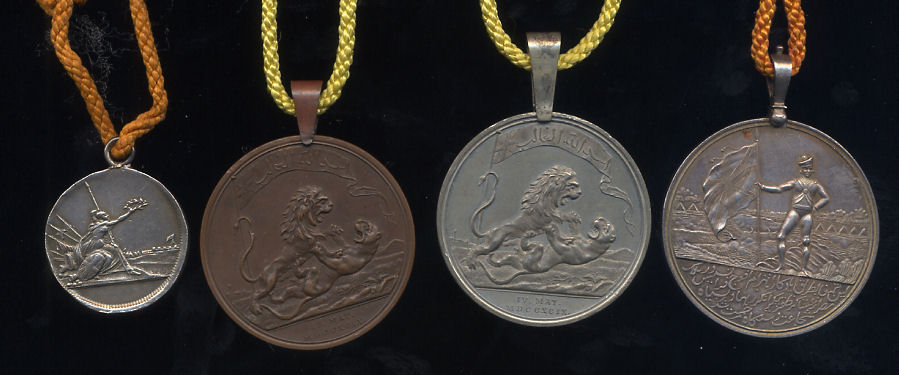 0
0 -
There is some contention over the serial number on this jubilee OPW 1st class. Mostly, I see 614410, but sometimes I see 614419. What say you?
 0
0 -
I still can't recall seeing GVI artillery medals with any naming other than IA/RIA.
0 -
Might it be "Mountain Artillery Training Centre"? I think I ran across this abbreviation 20+ years ago. Must check the Indian Artillery history and "Tales of the Mountain Gunners".
Thought so. See here.
Never seen anythink like this in the GVI period. Would want to see the naming. (And, yes, I know that sub-divine beings cannot scan it.)
0 -
A FULL SIZE GVI INDIA ARMY LONG SERVICE
Bad sign. Most of the Pakistani fakes have been that variety.
0 -
I bought the medal and the seller mentioned the name. I make a note somewhere. This is rare. Maybe this is not during the WW1 and probably after 1947.
A fair number of fraudulently-named medals to fantasy units have come recently out of Pakistan.
Which LSGC is this?
0 -
The only records that are available (other than for Europeans) are for VCOs (Viceroy's Commissioned Officers) who are listed in the Army Lists. Junior non-commissioned officers, like a naik (and, you are right, a corporal-equivalent) were never recorded above the regiment.
0 -
Yes ok M.A.T.C. (stands for MERWARA ARTILLARY TRANSPORT CORPS) Do you know anything about this regiment?
No, I have never seen any evidence that such a unit ever existed. What evidence do you have?
0 -
Hi,
My Great Grandfather, Thakur Singh was in the 51st Sikh Frontier Force.
I'm interested to find out more information about this regiment and I also currently collecting some medals for 51st Sikh Frontier Force.
1) Have you got a whole list of all the Soldiers name with rank and service number in the 51st Sikhs Frontier Force during the WW1?
2) I got all the list of casualities for Basra Memorial. Have you got a list of casualites of the 51st Sikhs Frontier Force outside Basra memorial?
3) Do you know any books title about the 51st Sikh Frontier Force in WW1? I want to find out more information.
Many thanks
JSKang
The only such lists would be kept -- of they are still retained -- by the regiment. As the 51st (later the 1/12th Frontier Force Regiment) went to Pakistan in 1947, no one has any ide what might have become of the earlier records. Destruction is a strong possibility. For those battalions and rgeiments that went to India, it is known that many of them still preserve records back to the late 19th centiry, and aggressive efforts are now underway to get these out of the hands of bureaucrats-in-uniform and under professional archival management. This is all complicated by at least one reading of Indian law that makes the divulging of any material from these personnal records a crime.
The best (and they aren't very good) and most relevant regimental histories would be May's History of the 2nd Sikhs, 12th Frontier Force Regiment, 1846-1933 (1933) and Condon's The Frontier Force Regiment (1962). If (a big IF) you can find them, expect to pay BIG money. (I have found three copies of Condon for sale, each around $300 US.)
Had the WWI medal record cards and medal been preserved, that might be a place to start, but they were all thrown out by the bureaucrats-in-uniform in the late 1970s because they were taking up too much space in the Ministry of Defence Medal Office.
0 -
This sort of snarly tone we've seen here is a major reason why there are few uniforms posted here. Sad. Admittedly, they are a minefield, but the attitude of many collectors (who I won't further characterise) that "they know and no one else does but they'd never show any examples or any evidence" is, at best, off-putting. At worse, it is quite ungentlemanly, or worse.
0





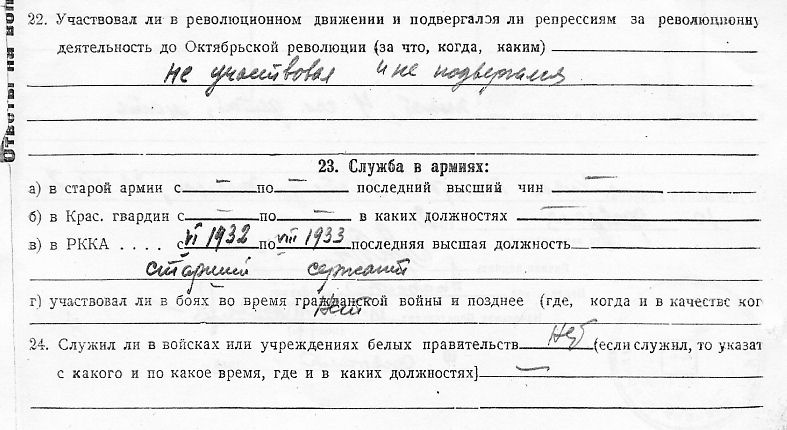
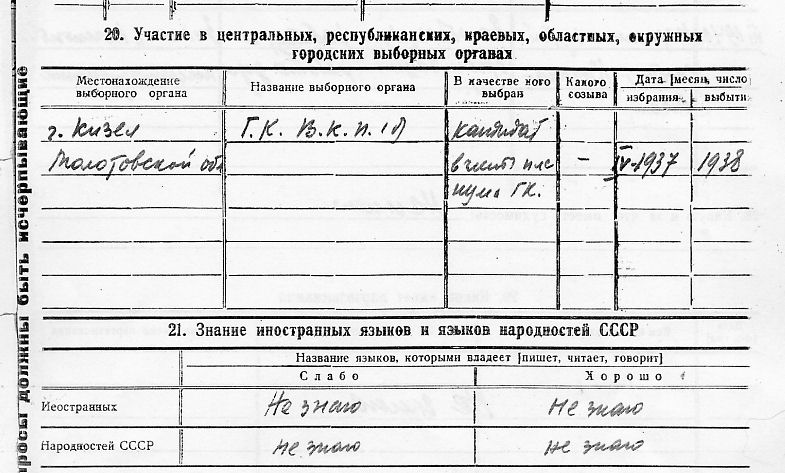

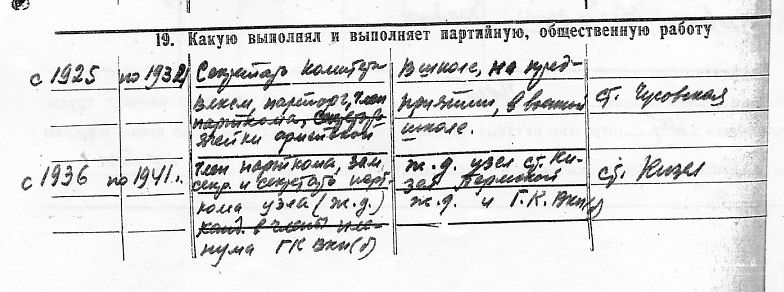


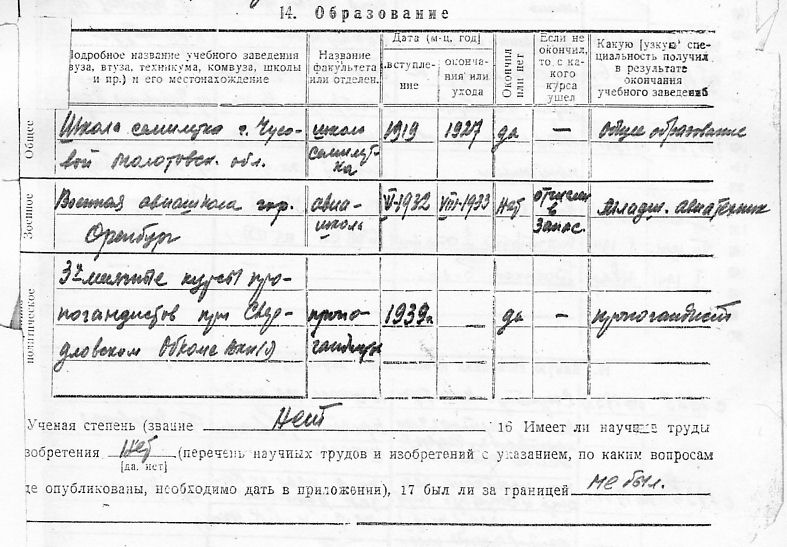
Number on jubilee OPW1
in Russia: Soviet Orders, Medals & Decorations
Posted
No just a curiosity as the serial number is duplicated in some of the "I am lost (or: Have you seen this medal?)" databases.
And all this for just an '85???